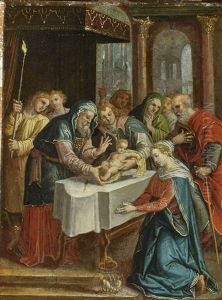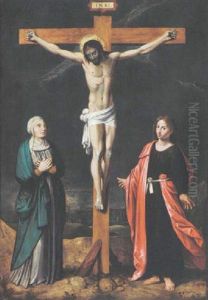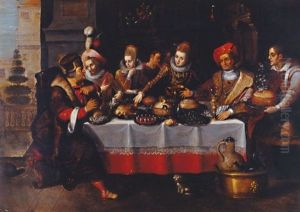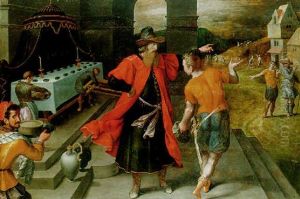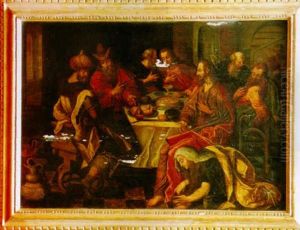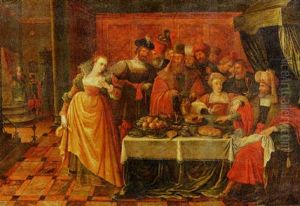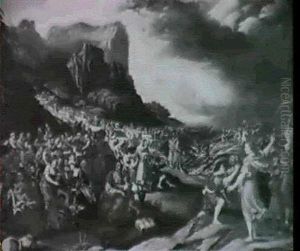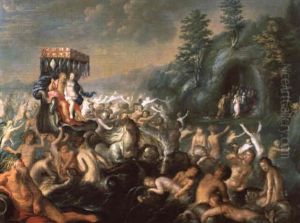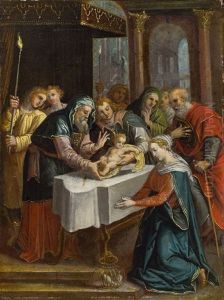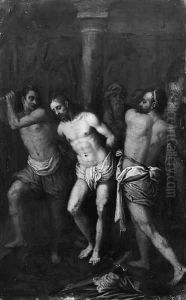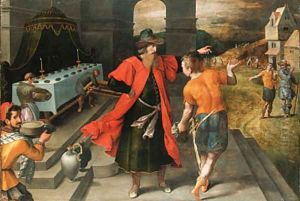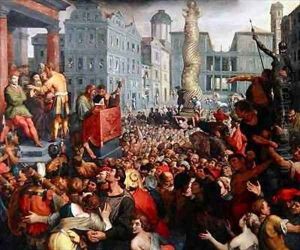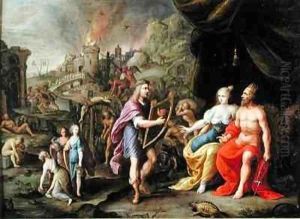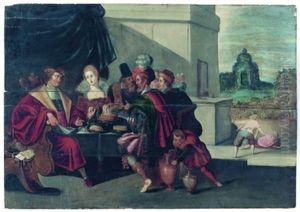Ambrosius Francken Paintings
Ambrosius Francken I was a prominent figure in the Francken family, a dynasty of artists that played a significant role in the Antwerp art scene during the late 16th and early 17th centuries. Born in 1544 in Herentals, near Antwerp, he was one of several artists in the family, including his brothers Frans Francken I and Hieronymus Francken I, who were also notable painters of their time. Ambrosius was primarily known for his religious compositions, altarpieces, and historical paintings, showcasing a style that combined the Italianate influences that were prevalent during the Renaissance with the more local Flemish traditions.
His education and artistic training were deeply rooted in the vibrant cultural milieu of Antwerp, a major artistic center in the Netherlands during this period. Ambrosius became a master in the Antwerp Guild of St. Luke in 1569, marking his official recognition as an accomplished artist. Throughout his career, he developed a distinctive style characterized by meticulous attention to detail, vibrant color palettes, and dynamic compositions. His works often depicted elaborate biblical and mythological scenes, filled with emotional intensity and rich symbolism.
Ambrosius Francken I's contributions to the art world were significant, and his works can be found in various museums and collections across Europe. Despite the overshadowing fame of his nephews, particularly those of the next Francken generation like Frans Francken the Younger who became more widely known, Ambrosius's impact on the development of Flemish painting during the transition from the Renaissance to the Baroque period remains undeniable. He played a crucial role in bridging these artistic periods, incorporating elements of both in his works and influencing the direction of Flemish art.
He died in 1618 in Antwerp, leaving behind a legacy that would be admired by art historians and enthusiasts for centuries to come. Ambrosius Francken I's works continue to be studied for their artistic merit and for the light they shed on the cultural and historical context of the Low Countries during a time of significant transition and upheaval.



